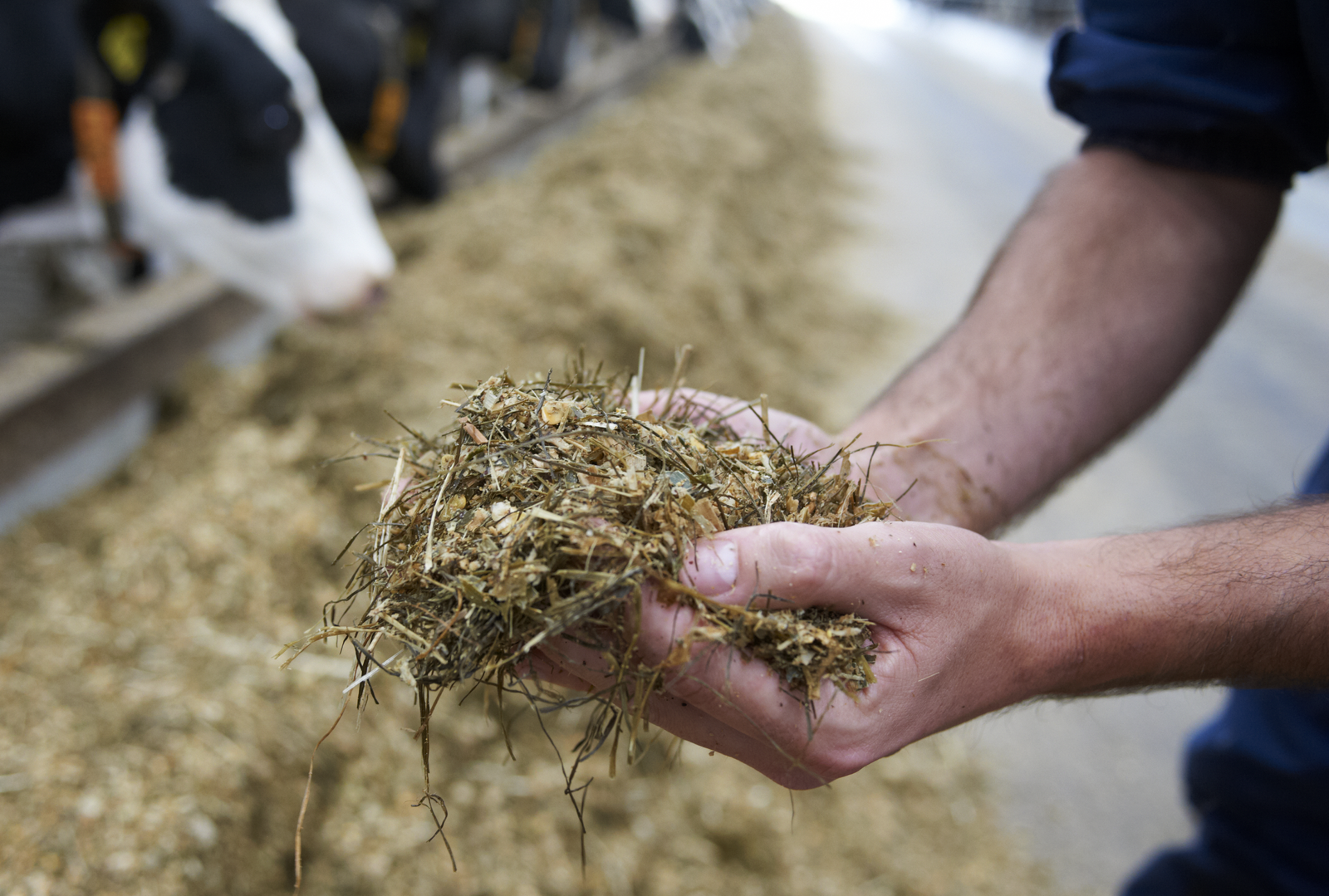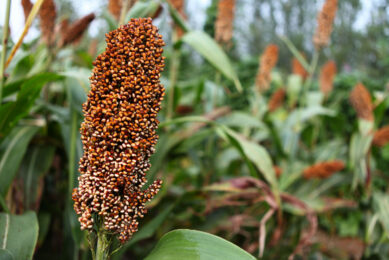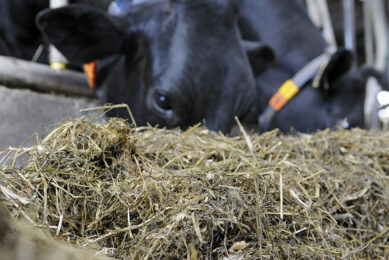Sweet sorghum in the silage mix gives less methane

A group of researchers from the UK, China and New Zealand found that methane decreased when more sweet sorghum was mixed into silage for dairy cows. They also calculated the best mixing ratio.
Lactating cows need a sufficient amount of crude protein (CP) in the silage. Ensiling maize with alfalfa (AF) is a feasible strategy to increase the CP content and improve the nutritive value of silage. Differently to temperate areas, maize production is low in the arid and high salinity areas around the world. Sweet sorghum (SS) can therefore be an attractive alternative in these regions.
Finding the right mixing ratio
There have been few studies to provide detailed investigation of the feasibility of mixing SS and legume forages for silage making. However, the optimal combination and the associative effects of SS and AF for ensilage have not been studied. Therefore, the aim of this study, was to determine the fermentation characteristic and nutritive value of silage mixtures with six different SS to AF ratios.
Gas and methane results
The in vitro rumen degradability of dry matter and organic matter as well as gas production, pH, ammonia, total volatile fatty acids and methane decreased as the proportion of SS increased in the silage mixtures. Regarding the fermentation characteristics of the silage mixtures it was shown that pH, NH3, acetic acid and propionic acid content significantly (P < 0.05) decreased, while lactic acid content significantly (P < 0.001) increased as the proportion of SS in the silage mixtures increased from 0% to 100%. The AF silage and the silage mixtures containing 20% and 40% of SS produced more gas than the other silage mixtures. The silage made with 100% SS had the significantly (P < 0.05) lowest GP and CH4 among all silages used in this study.
Optimise nutrient supply for ruminants
This study suggests that high quality silages can be made with SS:AF ratios of 20:80 and 40:60. These silage mixtures offer an opportunity to optimise the nutrient supply for ruminant production. However, additional research is needed to study the effect of feeding such silage mixtures to ruminants on their voluntary feed intake and production performance.











